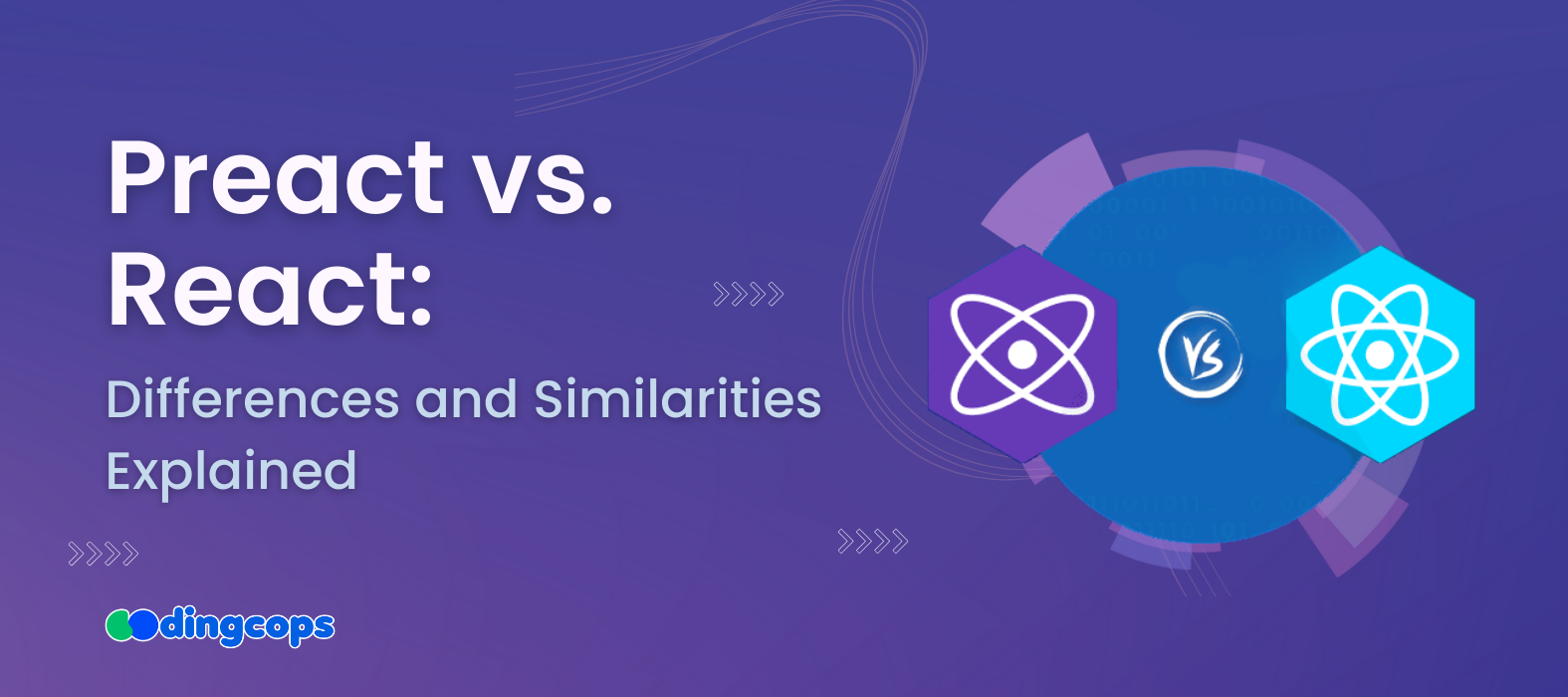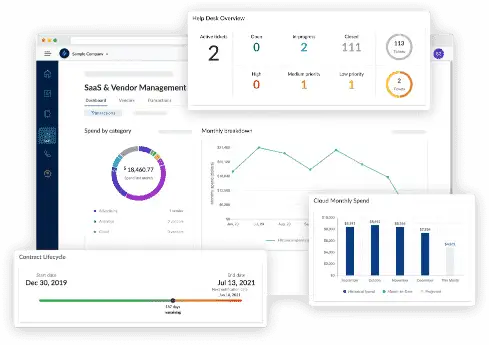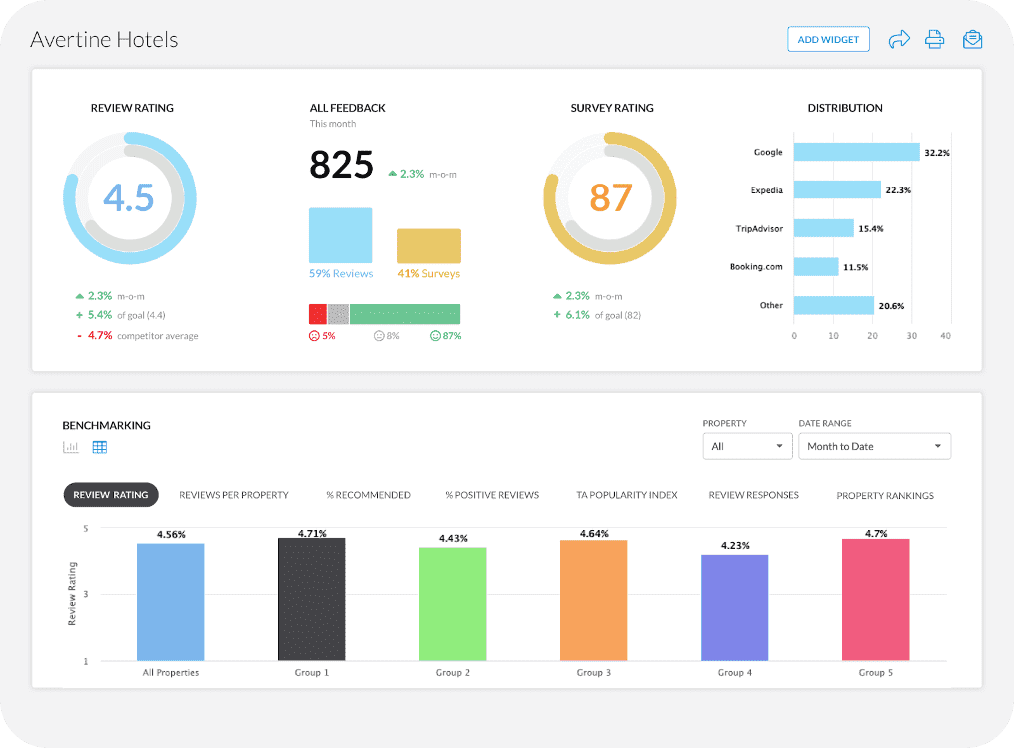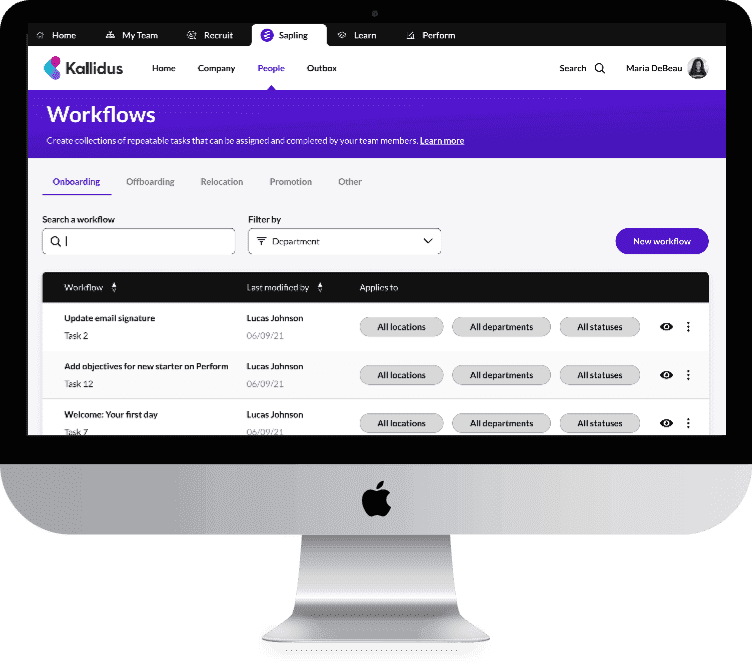Are you planning to start a web development project? Don’t you want to know what matters the most in web applications? Interactive user interfaces matter the most and are very crucial for the project’s success.
Currently, two open-source JS libraries are trending for building interactive web interfaces i.e. React and Preact. Both JS libraries assist developers in building fast and scalable web applications.
If both have the same functionality and role, where does the difference lie? The difference lies in their features, performance, ecosystem, and more.
This blog is for tech enthusiasts willing to learn more about Preact and React. Here we will dig out the differences and find similarities between both libraries in an interactive way.
So, let’s start!
What is Preact?
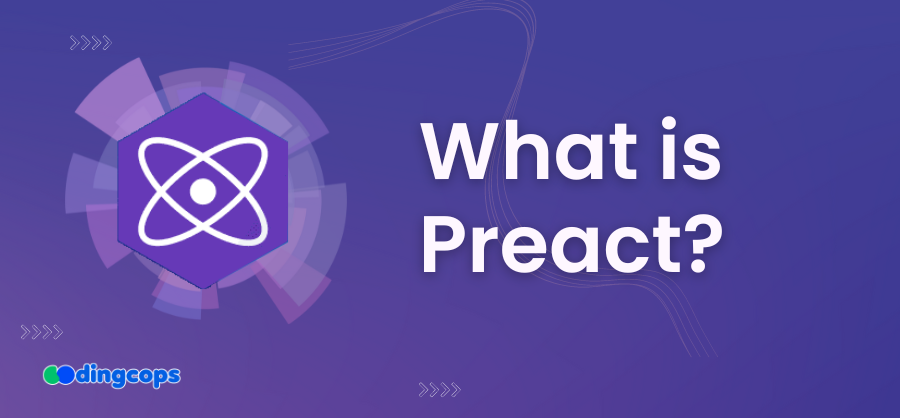
Preact is similar to React in many cases but is used where the system is less complex. It is lightweight compared to React and offers similar API and component-based architecture. However, Preact’s component-based architecture is designed to handle a smaller footprint.
Moreover, if you are building a performance-critical website, Preact proves to be the best choice.
When to Use Preact
- Use Preact when you are to build lightweight or performance-critical web applications.
- Where fast load times with low resource consumption are required.
- For the development of a smaller website with fewer components.
What is React?
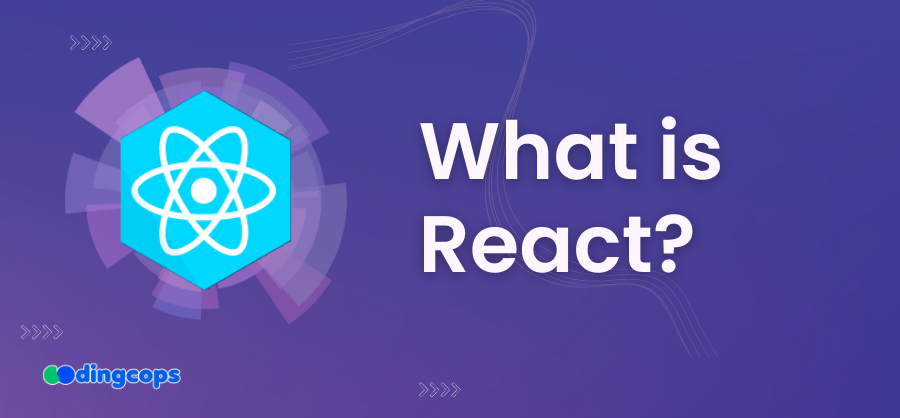
On the other hand, React is an immensely popular library of JavaScript that helps build interactive user interfaces. With a large community and ecosystem aside, React is popular for its Virtual DOM.
React has become a top choice for developers seeking solutions for complex web applications. Before you React developers, consider the following points.
When to Use React
- Use React when building large-scale complex applications.
- If you need help from the React community to utilize the rich set of tools and libraries.
- Where the web applications will require frequent updates and help from the Virtual DOM.
Preact Vs. React – The Differentiation
| Aspect | Preact | React |
| Size | Takes very little space; approx. 3kb | Takes more space than Preact; approx. 42kb |
| Performance | Gives good performance for smaller apps | High performance for large applications |
| Ecosystem | Smaller community and ecosystem compared to React | Vast community and ecosystem that facilitates developers |
| Compatibility | Preact is mostly compatible with all React libraries. However, it may require additional setups | No need for additional setups. Fully compatible with React libraries |
| Virtual DOM | Comes with a simplified version of Virtual DOM | Have a complete Virtual DOM loaded with all functionalities |
| Learning Curve | Easy to learn for beginners due to fewer features | Highly rich in features and libraries. The learning curve is slightly steeper. |
| Use Cases | Best fit for lightweight applications | Ideal for large-scale applications |
| Real-Time Applications | Uber, Smashing Magazine (web versions) | Facebook, Instagram, Airbnb |
- Size
The size of Preact is significantly smaller than React. Preact occupies around 3 kB while React resides in almost 42 kB. This makes Preact a perfect choice for smaller applications and projects that require optimization and better performance.
Whereas, React is an ideal choice for large-scale, corporate applications.
- Performance
The performance of both libraries is efficient and effective. Preact is designed for small, high-performance applications. It is achieved by having less size and fewer abstractions in the system.
On the other hand, React is known for rendering great performance for large-scale and intricate applications. Features like Virtual DOM, lazy loading, and suspense help manage resource-intensive tasks and elevate the user experience during the processes of data fetching and component loading.
- Ecosystem
Compared to React, Preact comes with fewer libraries, but it can use the React libraries. However, dealing with complex React applications with Preact can lead to challenges.
React has a vast community and ecosystem that gives access to numerous libraries, tools, and extensions to developers. React ecosystem is continuously evolving with new updates and improvements.
Moreover, many third-party libraries and frameworks are built using React, ensuring compatibility and easy integration.
- Compatibility
Dealing with Preact is easy as most of the React libraries are compatible with it, but may require extra work to integrate tools or features from the React ecosystem.
On the other hand, React is the official JS library. It is fully compatible with all the libraries, giving you the liberty to build projects according to your requirements.
- Virtual DOM
Preact only has a simplified version of Virtual DOM that helps optimize and achieve better performance. This simplified version enhances the speed but one can’t enjoy the advanced features of React’s Virtual DOM.
While using React, you have complete access to the fully-equipped Virtual DOM that comes with advanced features and updates. The Virtual DOM helps build large-scale applications but you may face slow performance.
- Learning Curve
Preact is easier to learn while React has a steep learning curve. People who are well-versed in React can shift easily to Preact as the core concepts are the same.
- Use Cases
Preact is best suited for basic, less functional, and high-performance applications where one does not need to push several hundred or thousands of components or make intensive use of the state. However, React is optimized for large-scale, and intricate applications with more UI changes, and the environment is more mature.
Preact Vs. React – Similarities
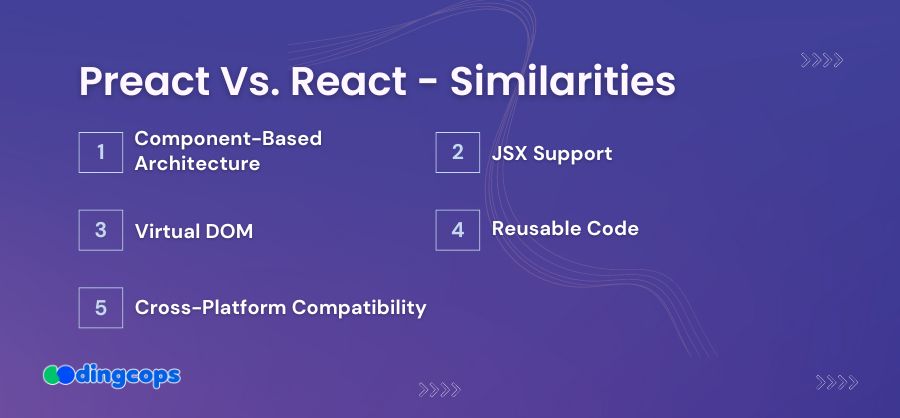
Preact and React are similar in many capacities. Here are some aspects of both libraries that are similar.
- Component-Based Architecture
Preact and React have a component-based architecture allowing developers to reuse the build UI modules or elements.
- JSX Support
JSX support is available with both libraries.
- Virtual DOM
Both libraries come with Virtual DOM that optimizes the UI updates by reducing the direct manipulation to the actual DOM.
- Reusable Code
Preact and React promote code reusability and maintainability by allowing developers to reuse the code components.
- Cross-Platform Compatibility
Both libraries are cross-platform compatible, allowing them to adjust in various environments.
Conclusion
Choosing between Preact and React is solely your choice. It depends upon the project requirements and your goals. If you are to build a small-scale application, Preact is a good choice. While endeavoring to build a large-scale application demands you to adopt React due to the advanced features, fully functional Virtual DOM, and vast ecosystem.

